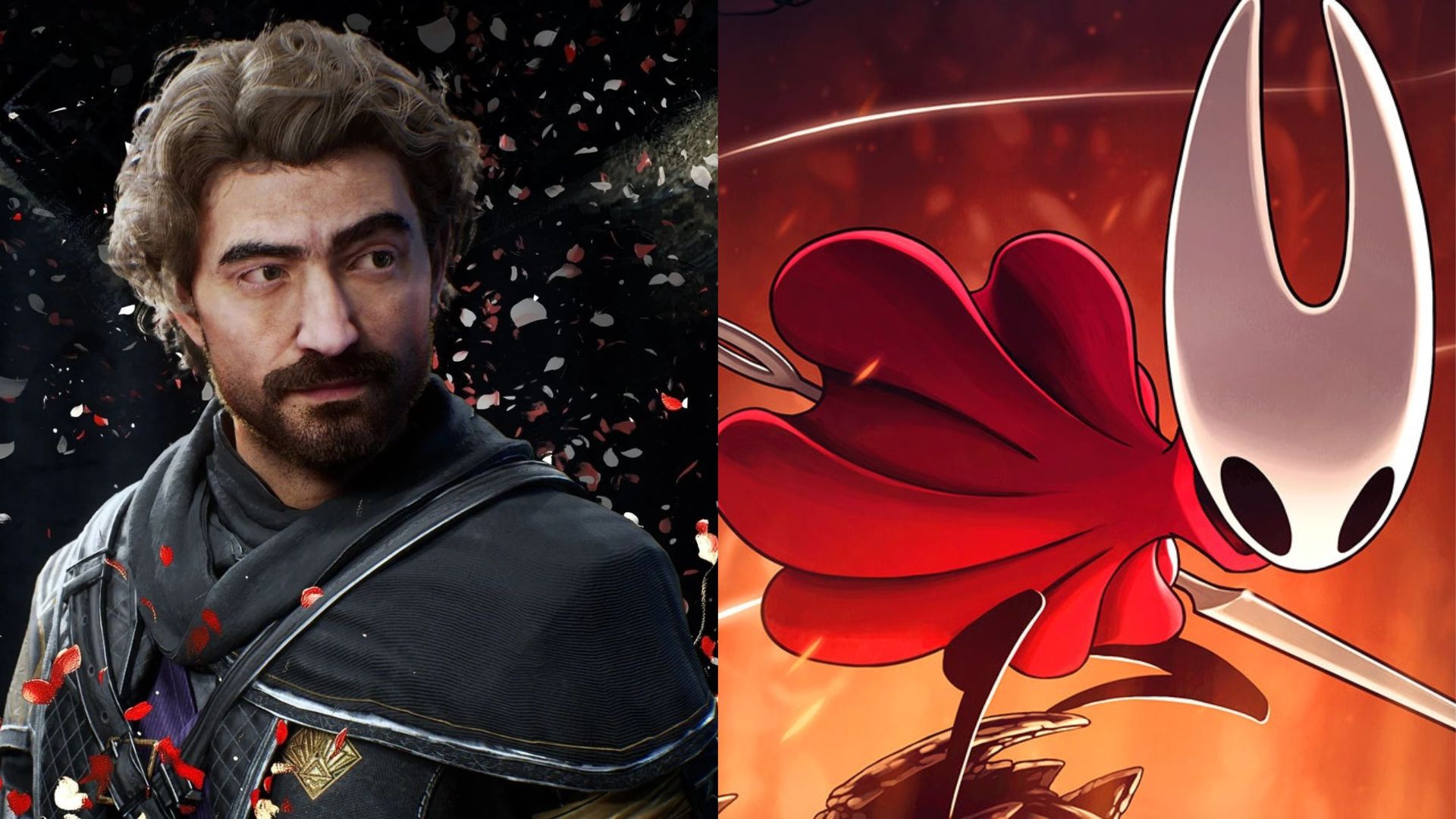Ever felt the rush of freedom while shredding through the mountains? There's something magical about carving through pristine slopes or exploring vast open worlds with friends. It’s more than just a game; it’s about living the thrill of the ride!
As the holidays roll in, why not take the leap and push your limits? Whether it's trying out new tricks, competing in exhilarating races, or even diving into the vibrant community, now's the time to embrace the adventure. Remember, every pro was once a beginner!
What new challenges are you setting for yourself this season? Let’s inspire each other to go all out!
#AdventureAwaits #GameplayGoals #RideAndShine
As the holidays roll in, why not take the leap and push your limits? Whether it's trying out new tricks, competing in exhilarating races, or even diving into the vibrant community, now's the time to embrace the adventure. Remember, every pro was once a beginner!
What new challenges are you setting for yourself this season? Let’s inspire each other to go all out!
#AdventureAwaits #GameplayGoals #RideAndShine
Ever felt the rush of freedom while shredding through the mountains? 🌄 There's something magical about carving through pristine slopes or exploring vast open worlds with friends. It’s more than just a game; it’s about living the thrill of the ride!
As the holidays roll in, why not take the leap and push your limits? Whether it's trying out new tricks, competing in exhilarating races, or even diving into the vibrant community, now's the time to embrace the adventure. Remember, every pro was once a beginner!
What new challenges are you setting for yourself this season? Let’s inspire each other to go all out!
#AdventureAwaits #GameplayGoals #RideAndShine
0 Comentários
·0 Compartilhamentos





